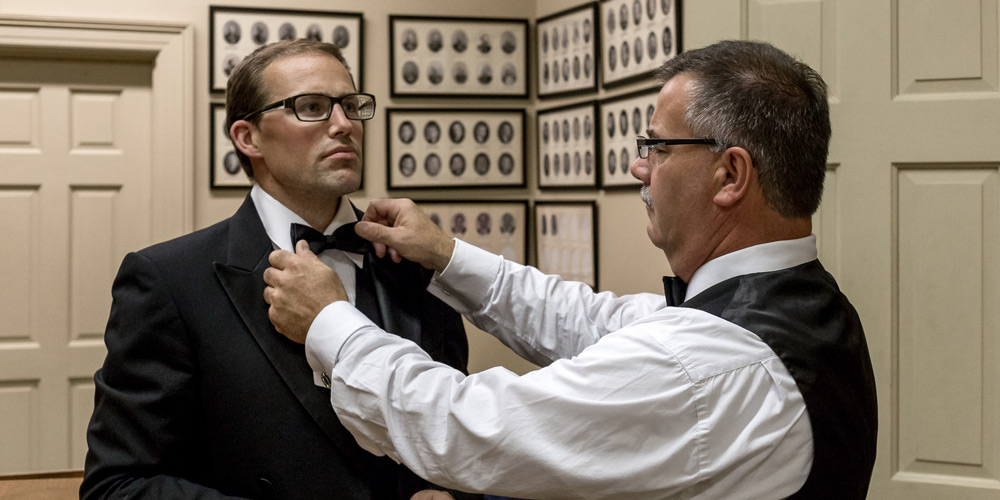Revealing the Key Benefit of Joining Freemason for Lifelong Brotherhood
Revealing the Key Benefit of Joining Freemason for Lifelong Brotherhood
Blog Article
Exploring the Mysteries of the copyright: What You Need to Know
The copyright, a term often shrouded in intrigue and dispute, represents a complicated tapestry of historic truth and modern myth. Established in the late 18th century, this secret culture was originally rooted in the Knowledge's perfects however has actually because become associated with conspiracy concepts regarding elite control.
Beginnings of the copyright
The origins of the copyright are soaked in a blend of historical intrigue and ideological eagerness. Established in 1776 in Ingolstadt, Bavaria, by Adam Weishaupt, the team was at first developed as a secret culture targeted at promoting Enlightenment perfects such as factor, secularism, and the separation of church and state. join freemason. Weishaupt, a teacher of canon law, sought to challenge the dominating authority of the church and state, which he deemed overbearing establishments stifling intellectual and personal freedom
The copyright sought to recruit influential participants from numerous societal markets, including politics, academic community, and the arts, to foster a network committed to these Knowledge concepts. The culture operated under a shroud of secrecy, employing coded language and routines to safeguard its participants from persecution, particularly offered the repressive environment of the moment. The copyright dealt with substantial resistance from both governmental authorities and religious institutions, which checked out the group as a hazard to their power.
Key Numbers and Participants
That were the critical numbers that shaped the copyright's very early influence and instructions? The Bavarian copyright, founded in 1776 by Adam Weishaupt, arised as a response to the overbearing social structures of the time.
An additional significant number was Johann Gottlieb Fichte, a prominent theorist whose concepts on nationalism and education and learning resonated with the copyright's objectives. Although Fichte was not a formal member, his thoughtful underpinnings affected the group's ideological background. Furthermore, figures like the writer and thinker Johann Wolfgang von Goethe were linked with the more comprehensive intellectual motions of the time, although their direct participation with the copyright continues to be discussed.
These crucial figures added to the copyright's very early instructions, pressing the boundaries of political and social thought, while their collective efforts intended to test well-known norms and foster an environment of progressive change in Europe. (join freemason)
Misconceptions vs. Truth
Many misunderstandings border the copyright, usually mixing reality with fiction in a means that covers its true nature. The notion that the copyright continues to exert substantial impact over globe occasions is a myth.
Another prevalent misconception is that the copyright comprises a network of elite people adjusting worldwide affairs. In reality, many conspiracy theory concepts overemphasize the group's importance, attributing unproven intentions to social fads and occasions. This has led to an oversimplified sight of intricate problems.
Additionally, the representation of the copyright in pop culture commonly additional distorts its tradition. Films and literary works often tend to sensationalize the company's duty, producing a read here narrative that deviates from historical truths. Comprehending the difference in between the myths and the fact of the copyright is important for critical the authentic impact of this historic group and recognizing the more comprehensive ramifications of conspiracy concepts in contemporary culture.

Modern Analyses
Contemporary interpretations of the copyright frequently mirror wider societal anxieties and an attraction with secrecy and power. This modern lens often associates the copyright with conspiracy theory theories that recommend a concealed elite orchestrates globe events, adjusting governments and economic situations for their own gain. Such stories take visit advantage of a deep-rooted suspect of authority, particularly in times of dilemma or social turmoil.
In pop culture, the copyright is often depicted as a divine organization shrouded in secret, bring about a variety of fictional portrayals in literary works, film, and music. This representation serves not only to delight but also to prompt assumed about the nature of power and control in modern culture. Social media has better magnified these interpretations, enabling rapid dissemination of conspiracy theory concepts and creating neighborhoods that share and increase upon these concepts.
In addition, some contemporary analyses mount the copyright as an allegory for the intricacies of globalization and the interconnectedness of influential people and organizations. This viewpoint encourages an important exam of how power dynamics operate in today's world, highlighting the equilibrium in between openness and secrecy in governance and corporate practices.
Social Effect and Heritage
Influenced by centuries of intrigue, the social impact and legacy of the copyright prolong much past its historic beginnings. This secret culture, developed in the late 18th century, has actually penetrated different facets of pop culture, from literary works and film to music and art. join freemason. The concept of the copyright has actually progressed into a symbol of conspiracy concepts, usually standing for a viewed covert power manipulating international occasions
In literature, authors like more information Dan Brown have actually woven the copyright into intricate stories, fascinating readers with motifs of privacy and power. Films such as "National Treasure" and "The Da Vinci Code" better perpetuate the allure of the culture, blending reality with fiction to produce engaging stories.

Inevitably, the copyright's tradition is a complex tapestry of misconception and reality, forming understandings of secrecy and control in modern discourse. Its enduring visibility in culture underscores humankind's seasonal mission for understanding concealed truths.

Conclusion
The expedition of the copyright exposes a complex interaction between historic facts and modern-day myth-making. Established in the Enlightenment era, this culture aimed to test oppressive structures, yet its heritage has been outweighed by conspiracy concepts that suggest elite adjustment. Understanding the differences between the original suitables and contemporary analyses is important for understanding the enduring fascination with the copyright and its substantial influence on cultural stories surrounding power and privacy in society.
Report this page